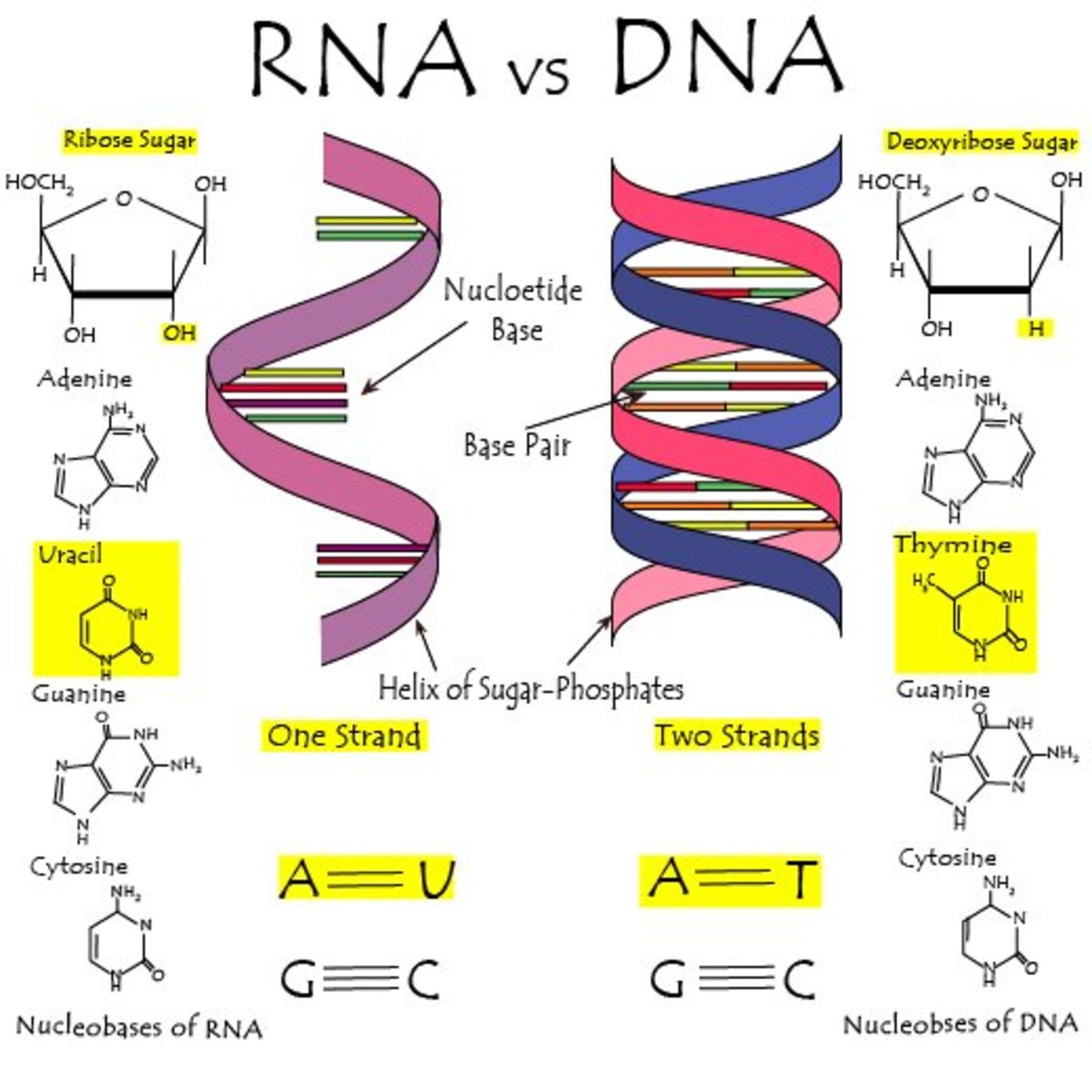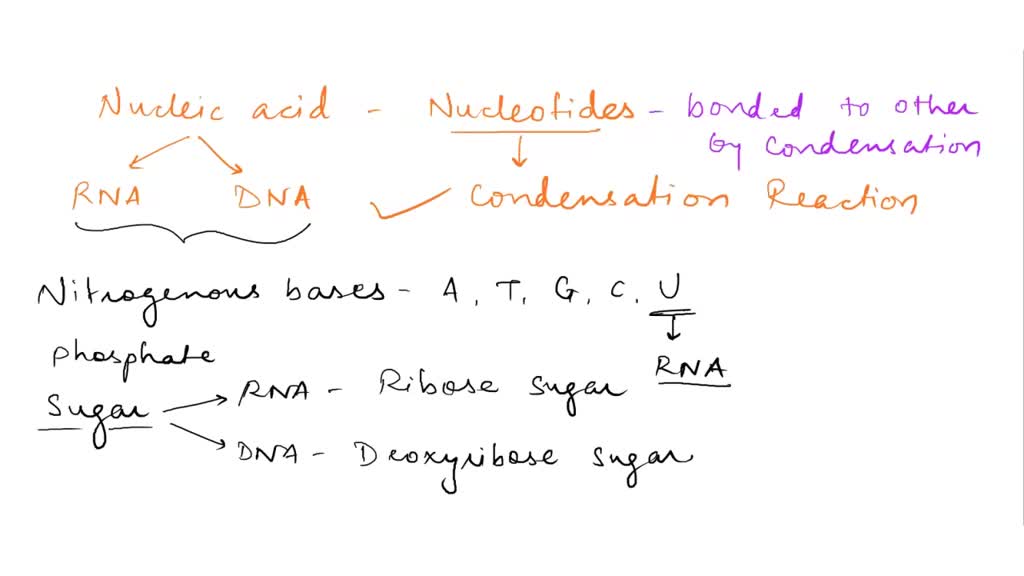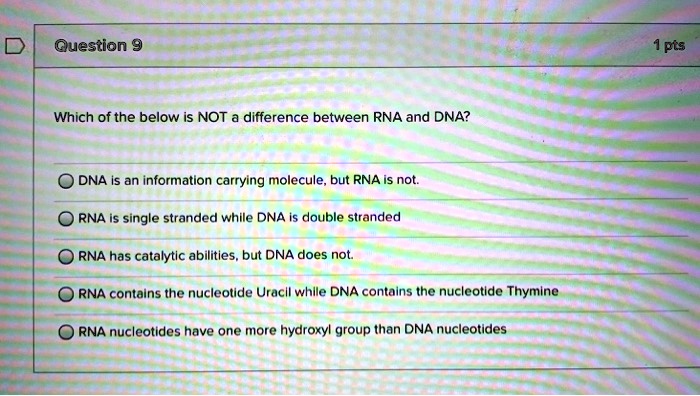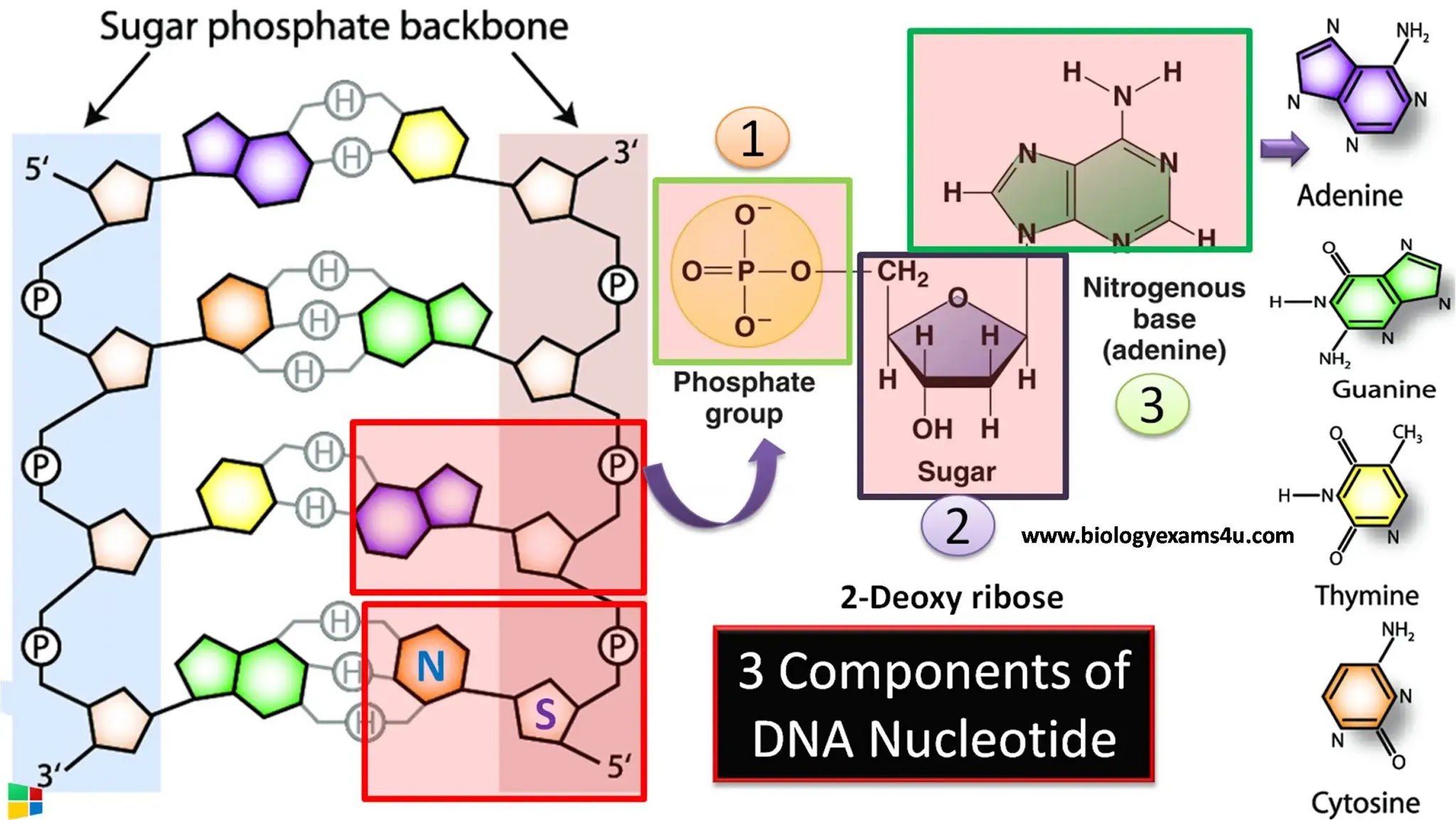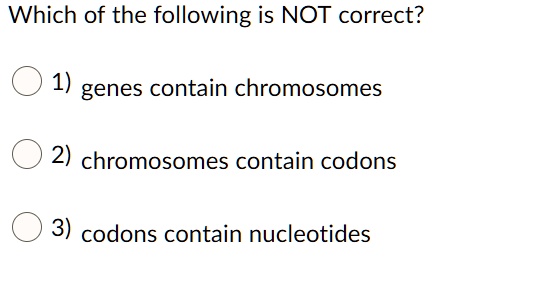Which Of The Following Is Not A Nucleotide

The query "Which Of The Following Is Not A Nucleotide" might seem like a simple quiz question, but it touches upon a cornerstone of molecular biology: understanding the building blocks of life. Identifying non-nucleotides amidst a list of biological compounds highlights a crucial distinction for students and professionals alike in fields ranging from medicine to biotechnology. Correctly differentiating between nucleotides and other molecules is essential for comprehending DNA replication, RNA transcription, and numerous other vital cellular processes.
This article dissects the core components of a nucleotide, contrasts them with structurally similar molecules, and explores the significance of this knowledge in various scientific disciplines. We will examine the characteristics that define a nucleotide and offer clarity to those seeking to master this fundamental concept. Accuracy and clarity are paramount in this exploration, relying on established scientific definitions and principles.
Understanding Nucleotides: The Building Blocks of Nucleic Acids
At its core, a nucleotide is an organic molecule that serves as the monomer unit for the formation of nucleic acids, namely DNA and RNA. These complex structures carry genetic information and facilitate protein synthesis.
A nucleotide comprises three key components: a nitrogenous base, a five-carbon sugar (pentose), and one to three phosphate groups. The nitrogenous base can be either a purine (adenine or guanine) or a pyrimidine (cytosine, thymine in DNA, or uracil in RNA). The pentose sugar is either deoxyribose (in DNA) or ribose (in RNA).
It's vital to remember that when the phosphate group is removed, we're left with a nucleoside. This distinction is critical; a nucleoside is simply a nitrogenous base attached to a sugar, lacking the crucial phosphate group.
Common Confusions: Nucleotides vs. Nucleosides and Other Molecules
One common source of confusion lies in differentiating between nucleotides and nucleosides. As previously stated, a nucleoside is a nitrogenous base linked to a sugar, whereas a nucleotide requires the addition of a phosphate group.
Other molecules, such as amino acids (the building blocks of proteins) or lipids (fats), bear little structural similarity to nucleotides. Amino acids contain an amino group, a carboxyl group, and a side chain specific to each amino acid. Lipids are typically composed of fatty acids and glycerol.
Distinguishing these molecules from nucleotides is essential. Failing to do so reveals a fundamental misunderstanding of molecular biology's core principles.
Significance in Science and Medicine
The ability to accurately identify nucleotides and differentiate them from other molecules holds immense importance across various scientific fields. In molecular biology, understanding nucleotide structure is crucial for studying DNA replication, RNA transcription, and genetic mutations. These processes determine how genetic information is passed on and expressed.
In medicine, knowledge of nucleotides is essential for developing antiviral and anticancer drugs. Many of these drugs function by mimicking nucleotides, disrupting DNA replication or RNA synthesis in viruses or cancer cells.
Furthermore, nucleotides are involved in many metabolic pathways. For example, ATP (adenosine triphosphate), a nucleotide derivative, is the primary energy currency of the cell.
The Importance of Precision in Biological Sciences
The seemingly simple question "Which Of The Following Is Not A Nucleotide" highlights the necessity for precise knowledge in biological sciences. Small differences in molecular structure can have significant functional consequences.
The ability to accurately identify and differentiate nucleotides from other biological molecules is a fundamental skill for anyone working in the life sciences. This skill provides a solid foundation for more advanced concepts.
Mastering the characteristics of nucleotides is not merely an academic exercise. It is a gateway to understanding the intricate mechanisms that govern life itself, and paves the way for advancements in medicine and biotechnology.
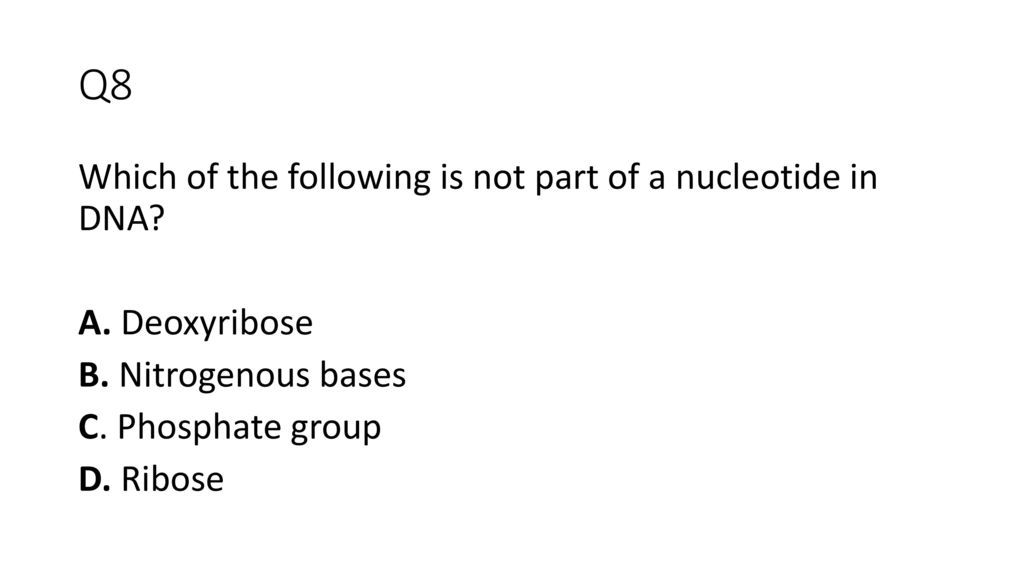
+Which+of+the+following+is+NOT+part+of+a+Nucleotide.jpg)


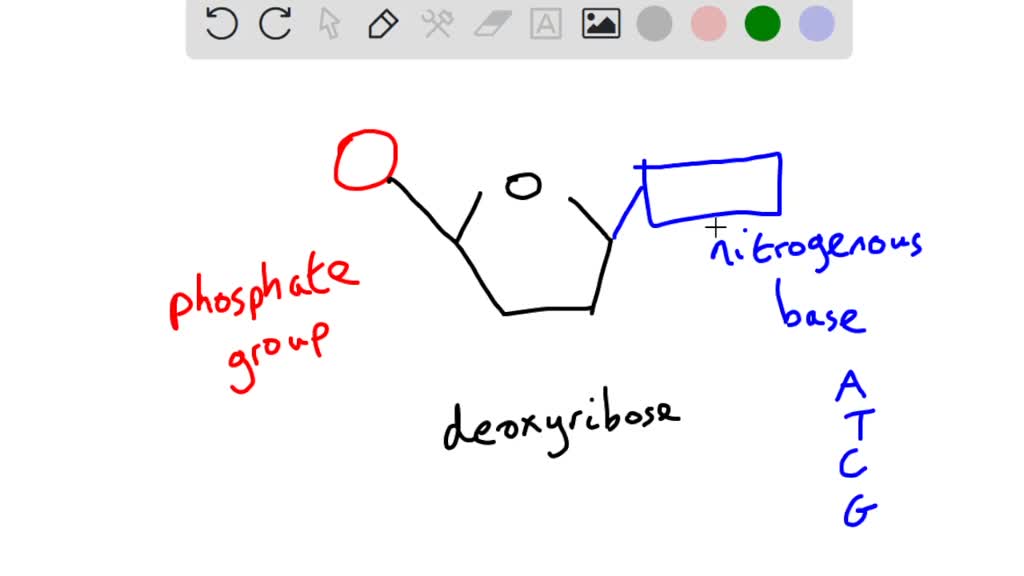
+Which+of+the+following+is+NOT+a+polymer.+A)+DNA.jpg)


